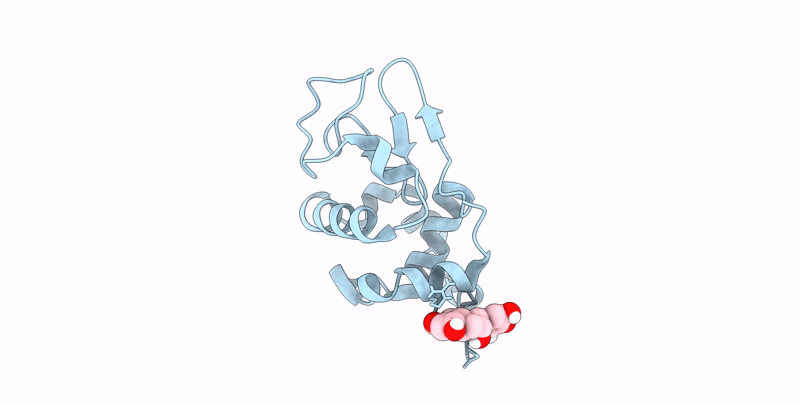
Deposition Date
2021-04-05
Release Date
2023-11-08
Last Version Date
2024-11-13
Entry Detail
PDB ID:
7EKA
Keywords:
Title:
crystal structure of epigallocatechin binding with alpha-lactalbumin
Biological Source:
Source Organism:
Bos taurus (Taxon ID: 9913)
Host Organism:
Method Details:
Experimental Method:
Resolution:
1.20 Å
R-Value Free:
0.17
R-Value Work:
0.16
R-Value Observed:
0.16
Space Group:
P 64


